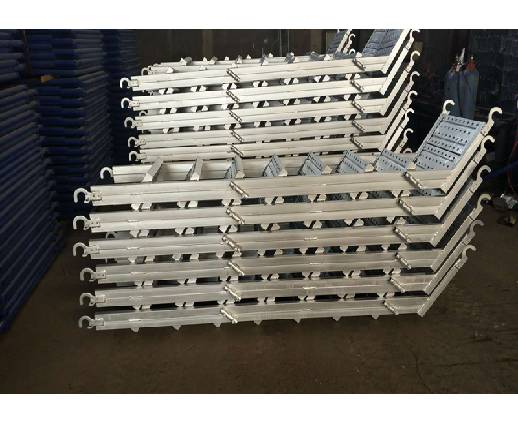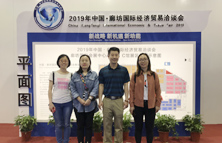The disc-type Scaffolding U JACK has the advantages of high strength, lightweight, good mechanical function, etc. It is a very good construction material. Due to the light and high strength of steel materials, compared with the general reinforced concrete structure and masonry structure, under the same external force, the steel structure members have the characteristics of small cross-section induction specifications, elongated members and thin plates.
Therefore, regarding the components or plates receiving compressive stress, it is assumed that they are poorly considered or handled improperly, and it is very simple to make the steel structure suffer from overall instability or partial instability damage. 1. The primary cause that affects the overall instability of steel structural members. The overall safety of the component planning is not satisfactory. The most important factor that affects the overall stability of the member is the slenderness ratio (in = L. / i is the ratio of the calculated length of the member to its section radius of gyration). Need to pay special attention to the calculation length of the two major axis directions of the steel section of the steel structure may be different, as well as the difference between the actual support status of the two ends of the member and the selected interest support status, as well as the influence of Scaffolding Clamps, which may lead to the steel structure. All instability and damage.
Various initial defects of Other Accessories. In the stability analysis of components, various initial defects have a significant effect on their ultimate bearing capacity. These initial defects mainly include initial tortuosity, initial migraine (axial compression member), residual stress and residual deformation caused by hot rolling and cold working of steel, residual stress and residual deformation of steel welding.
Modification of the stress conditions of the disc-type scaffold. Changes in the applied load and operating conditions of the steel structure, such as overload, changes in the damage temperature of the joints, uneven settlement of the foundation, unexpected impact loads, changes in the accounting diagram during the process of structural reinforcement, etc., cause the stress of the compressive members to increase, perhaps It is the tensile member that becomes the compression member, which causes the entire member to become unstable.
Construction Scaffolding System Galvanized Steel Ladder
The temporary support system for construction is not enough. During the installation process of the structure, since the structure does not completely constitute a satisfactory overall force or the overall rigidity of the planning requirements are weak, it is generally necessary to set up some temporary support systems to maintain the stability of the structure or components. If the temporary support system is imperfect, some components will be lost and the whole will be stable, and the other will constitute the collapse or overturn of the entire structure.
Modification of the stress conditions of the disc-type scaffold. Changes in the applied load and operating conditions of the steel structure, such as overload, changes in the damage temperature of the joints, uneven settlement of the foundation, unexpected impact loads, changes in the accounting diagram during the process of structural reinforcement, etc., cause the stress of the compressive members to increase, perhaps It is the tensile member that becomes the compression member, which causes the entire member to become unstable.
The temporary support system for construction is not enough. During the installation process of the structure, since the structure does not completely constitute a satisfactory overall force or the overall rigidity of the planning requirements are weak, it is generally necessary to set up some temporary support systems to maintain the stability of the structure or components. If the temporary support system is imperfect, some components will be lost and the whole will be stable, and the other will constitute the collapse or overturn of the entire structure.


















